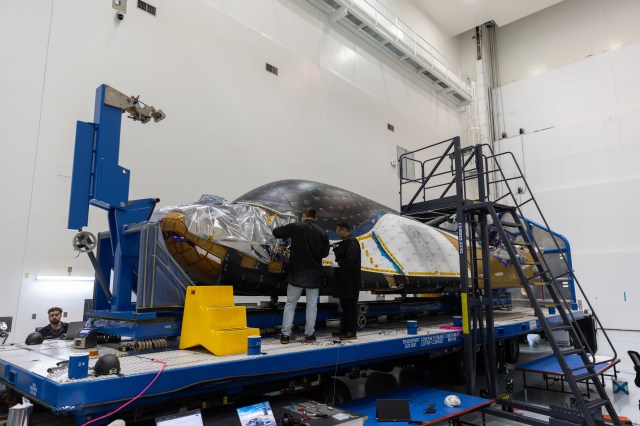Alan Weimer
University of Colorado, Boulder
ESI 2017 Quad Chart Alan Weimer
Nuclear thermal propulsion (NTP) offers twice the specific impulse of the best chemical combustion engines and can thus halve space mission transit times to allow further exploration and understanding of the universe to become feasible NASA missions. The large specific impulses achieved are due to the ejection of light hydrogen gas at high temperatures sustained by the nuclear fuel elements. One of the most significant challenges in implementing this technology however is producing engines where both the fissionable and containment materials resist hydrogen embrittlement at operating conditions (~2700 K). Currently, ceramic-metallic (CERMET) fuel is used, which embeds chemical vapor deposition (CVD) coated fissionable material in a tungsten matrix. These porous CVD films require microscale thicknesses to begin extending engine lifetimes yet still do not reach the required protection levels. We propose to use atomic layer deposition (ALD) of a chemically-bonded barrier film as a nuclear fuel coating to prevent the reaction of CERMET fuel with the hydrogen propellant. The coating will be designed to resist hydrogen reaction, adsorption, and diffusion, thereby protecting the underlying fissionable uranium fuel material from both chemical redox and reaction which causes embrittlement and fuel loss. The protective, pinhole-free, nanoscale coating will also have a high melting point, thermal conductivity, neutron transparency, and resist both delamination and thermal fatigue caused by thermal expansion mismatch during temperature ramps. ALD utilizes successive self-limiting reactions to offer exquisitely tunable film thicknesses. This attribute will reduce fissionable fuel volume displacement by depositing the thinnest films possible that still resist hydrogen diffusion and mechanical stresses. Both computation and experiment will be used to design and test the best coating materials.






























